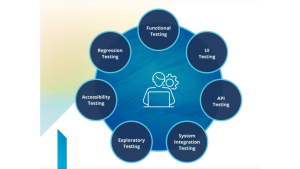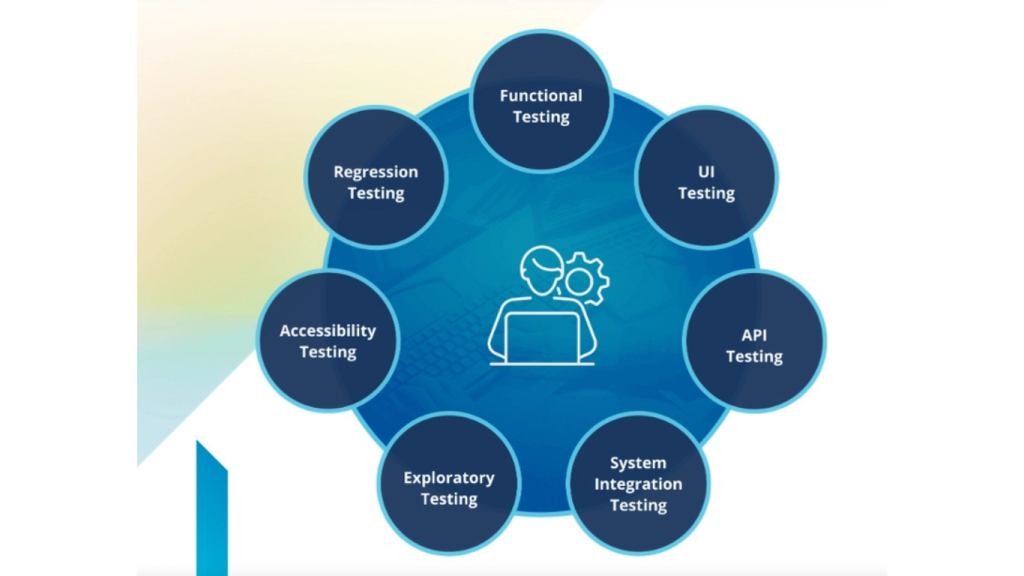The New Face of Business Intelligence
Imagine making business decisions faster, more accurately, and with less guesswork. Now, imagine doing this not just with raw data but with predictive insights and automated analytics. This is what AI in Power BI delivers.
Power BI, Microsoft’s business intelligence tool, has been a game-changer in transforming raw data into actionable insights. But with AI integrated directly into its ecosystem, Power BI is no longer just a data visualization tool it’s now a smart decision-making assistant.
In this blog, we’ll dive deep into AI in Power BI, uncover its real-world applications, explore AI features built into the platform, and guide you on how to master them through a Power BI course or Power BI Certification. Whether you’re a beginner or a business professional aiming to upskill, this blog will give you everything you need to know.
Why AI Matters in Business Intelligence
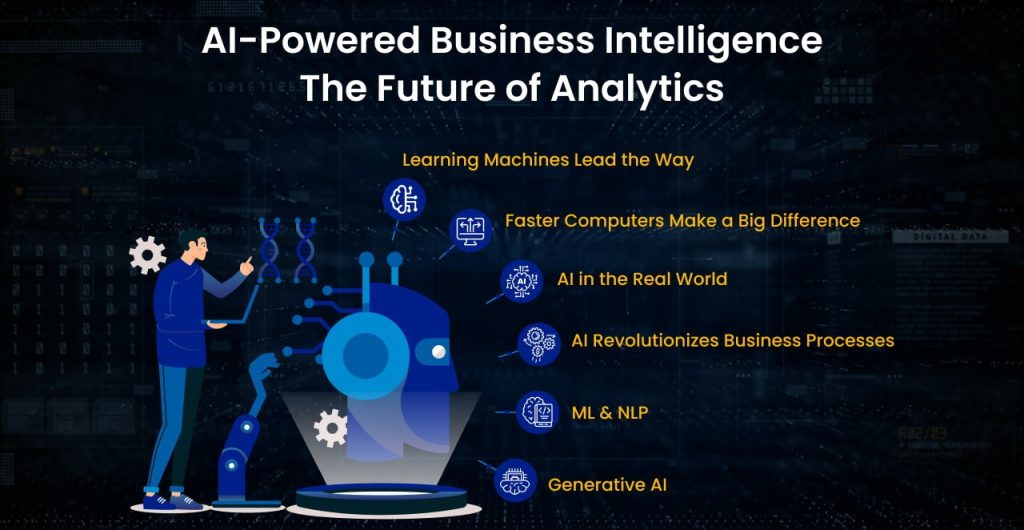
The volume of data created each day is staggering. According to IDC, by 2025, the global data sphere will grow to 175 zettabytes. Businesses can no longer rely on traditional reporting they need AI-powered tools that can interpret and learn from this data at scale.
That’s where AI in Power BI comes in. With features like machine learning integration, natural language queries, and predictive modeling, Power BI is empowering users to go beyond historical trends to discover what’s likely to happen next and why.
What Is AI in Power BI?
AI in Power BI refers to a set of artificial intelligence features embedded within the Power BI environment. These tools use machine learning, natural language processing, and cognitive services to analyze data in smarter ways.
Key Features Include:
- AI Insights (Cognitive Services)
- Q&A Visual (Natural Language Queries)
- Decomposition Tree with AI Splits
- Key Influencers Visual
- AutoML for Predictive Models
- Text and Image Analytics
Each of these tools is designed to make analytics more accessible even for non-technical users.
AI-Powered Visuals in Power BI
Key Influencers Visual
One of the most intuitive features of AI in Power BI is the Key Influencers visual. It helps identify the main drivers behind a particular metric. For example, if sales drop in a region, Key Influencers can determine which factors like pricing or product mix contributed the most.
Use Case: A retail chain used Key Influencers to find that online reviews had a greater impact on sales than discounts, reshaping their marketing strategy.
Decomposition Tree with AI Splits
The Decomposition Tree lets users drill down into data with AI-generated suggestions. It identifies the next best dimension to explore, making data exploration smarter and faster.
Real-World Application: A healthcare provider used this feature to analyze patient readmission rates, uncovering that follow-up calls within 48 hours reduced re-admissions by 35%.
Natural Language Processing: Q&A Visual
With the Q&A visual, users can ask questions in plain English, like “What were the top-selling products in July?” Power BI uses natural language processing (NLP) to interpret the query and display the relevant visualization.
Why it matters: This feature is especially useful for business users with no coding background. It democratizes data and puts insights at everyone’s fingertips.
Text Analytics and Sentiment Analysis
With Cognitive Services integration, Power BI can perform:
- Sentiment analysis
- Language detection
- Key phrase extraction
Example: A telecom company analyzed customer feedback from call center transcripts and identified recurring complaints, leading to a 20% improvement in customer satisfaction.
Image Recognition and Tagging
Power BI can also perform image recognition tasks using Azure’s Computer Vision API. For industries like retail and manufacturing, this allows automated tagging and classification of visual data.
Use Case: A fashion retailer used image analytics to track color and style preferences from Instagram images, optimizing its product line accordingly.
AutoML: Predictive Modeling in Power BI
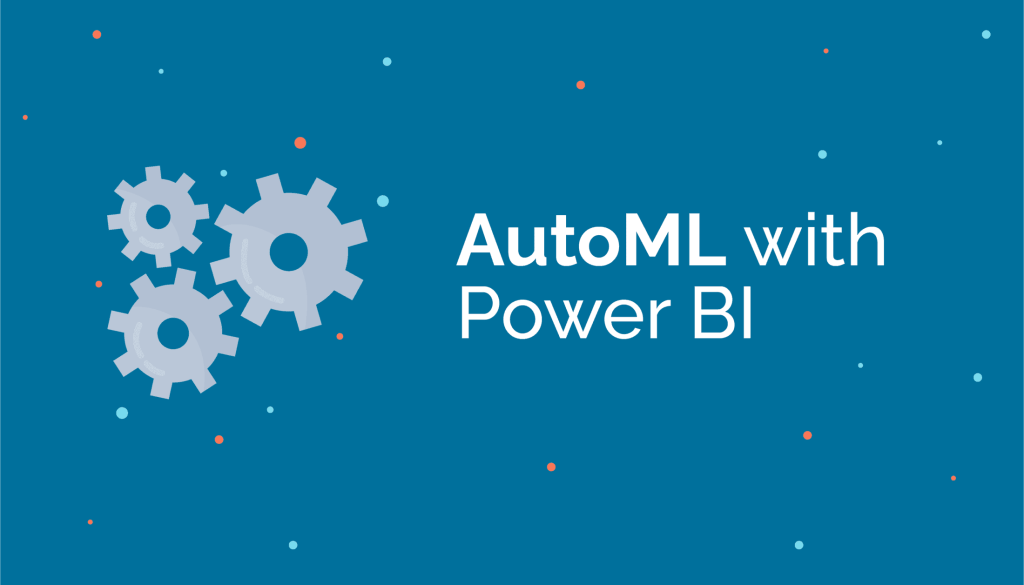
Perhaps the most powerful AI capability in Power BI is AutoML (Automated Machine Learning). Available via Power BI Premium and integrated with Azure Machine Learning, AutoML allows users to create:
- Binary prediction models (e.g., churn or no churn)
- Classification models (e.g., spam or not spam)
- Regression models (e.g., forecasting sales)
You don’t need to be a data scientist. The platform guides you through data preparation, model training, and validation.
How to Use AI Features in Power BI: A Step-by-Step Guide
Let’s walk through creating a Key Influencer Visual using Power BI Desktop:
Step 1: Load Your Dataset
Use Excel, SQL Server, or an online data source to load structured data.
Step 2: Choose the Visualization
Go to the Visualizations pane and select Key Influencers.
Step 3: Drag Fields
- Add the metric you want to explain (e.g., Revenue) under “Analyze.”
- Add possible influencers like Region, Product Category, or Discount under “Explain by.”
Step 4: Interpret the Results
Power BI will analyze the data and display the top factors influencing the selected metric. You can then filter, sort, and interact with the visual.
Benefits of AI in Power BI
| Benefit | Description |
|---|---|
| Faster Decisions | Predictive insights reduce time-to-decision. |
| User Empowerment | Non-technical users can explore data independently. |
| Higher Accuracy | Machine learning models minimize human bias. |
| Scalable Analytics | Easily applies to large datasets with automation. |
| Cost Efficiency | Cuts down on the need for multiple analytics tools |
Who Should Learn AI in Power BI?
AI in Power BI is not just for data scientists. It’s ideal for:
- Business Analysts
- Data Engineers
- Marketing Professionals
- Project Managers
- Finance and HR Professionals
If your job involves making data-driven decisions, then AI in Power BI will be a career-enhancing skill.
Power BI Certification: Why It’s Essential in 2025
As AI becomes core to data analytics, employers increasingly look for professionals who understand both BI tools and AI concepts. A Power BI Certification from a trusted training provider like H2K Infosys validates your expertise and gives you an edge in competitive job markets.
Industry Trends: The Rise of AI in Analytics
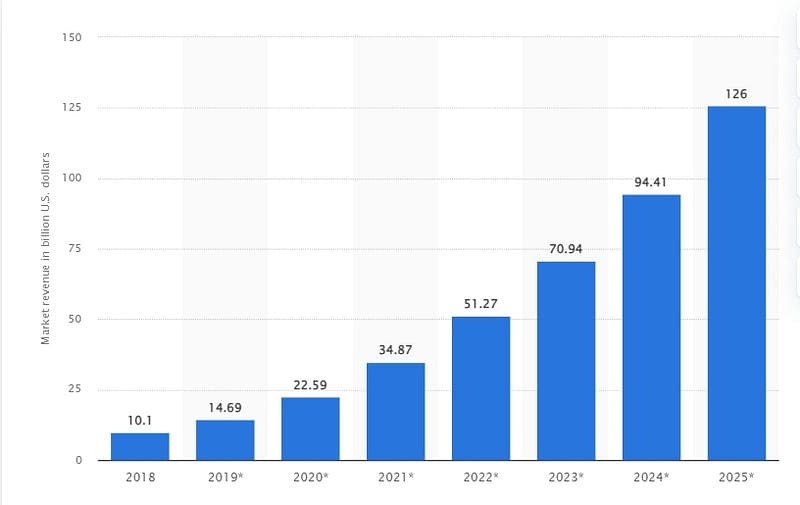
- 76% of businesses say AI is a key priority in their data strategy (Forbes).
- Power BI ranked #1 in the Gartner Magic Quadrant for Analytics and BI Platforms in 2024.
- Companies using AI-based analytics tools report 30% faster insight generation (McKinsey).
How H2K Infosys Helps You Master AI in Power BI
At H2K Infosys, our Power BI course goes beyond basic dashboards. You’ll get hands-on experience in:
- AI Visuals (Key Influencers, Decomposition Tree)
- Cognitive Services Integration
- Natural Language Queries
- AutoML with Azure ML Studio
- Real-World Projects and Case Studies
Our instructors are industry professionals with practical experience, ensuring you’re job-ready on Day 1.
Student Success Story: Real Learning, Real Results
Priya M., Business Analyst – Atlanta, GA
“Before H2K Infosys, I could make dashboards, but I didn’t know how to use AI in Power BI. The course gave me the confidence to apply predictive analytics in my role. I even led a project that reduced customer churn by 18% using Power BI’s AutoML.”
Key Takeaways
- AI in Power BI transforms data analysis with predictive and automated insights.
- It democratizes advanced analytics for users at all levels.
- Features like Key Influencers, Q&A, and AutoML are easy to implement.
- A Power BI course or Power BI Certification equips you with practical, job-ready skills.
- Tools like AI Visuals and Natural Language Processing enhance your ability to explore and explain data efficiently.
Conclusion
Mastering AI in Power BI isn’t just a nice-to-have it’s a career necessity. Whether you’re looking to upskill, shift careers, or deepen your analytics expertise, H2K Infosys can help you get there.
Take the next step. Enroll in our Power BI course today to master AI tools and unlock career-boosting opportunities.







